The Department for Work and Pensions (DWP) Universal Credit application form shares similarities with the Budgeting Loan application form. Both forms are designed for individuals seeking financial assistance from the government. The Universal Credit application assesses eligibility for regular income support, while the Budgeting Loan application evaluates eligibility for a one-time loan for specific expenses. Each requires detailed personal information and financial circumstances to determine eligibility.
A Jobseeker's Allowance (JSA) claim form is another document that bears resemblance to the Budgeting Loan application. Both forms cater to individuals within a specific income bracket and require evidence of financial need. The JSA form focuses on those who are unemployed and actively seeking work, offering periodic payments, whereas the Budgeting Loan provides a lump sum for immediate necessary expenses.
The Employment and Support Allowance (ESA) claim form, like the Budgeting Loan application, assists individuals facing financial difficulties due to health or disability constraints. Both require detailed personal health and financial information to assess eligibility and the level of support needed, though the ESA focuses on income replacement for those unable to work, and the Budgeting Loan addresses specific expense needs.
The Crisis Loan application form, previously offered by the Social Fund, is structurally and purposefully similar to the Budgeting Loan form. Crisis Loans were designed for emergencies and disasters, providing immediate assistance for living expenses. Though Crisis Loans are now phased out, its form echoed the Budgeting Loan’s focus on urgent financial need, with an emphasis on repayable financial assistance.
The Pension Credit application form shares the objective of supplementing the income of the applicant, similar to the Budgeting Loan form, which is aimed at providing immediate financial assistance for certain expenses. Both forms cater to a demographic that might be financially vulnerable, with Pension Credit targeting older citizens and the Budgeting Loan open to various recipients of benefits, including Pension Credit recipients.
The Housing Benefit application form, while primarily focused on assistance with rental costs, overlaps with the Budgeting Loan form in terms of the financial assessments conducted. Applicants must disclose income and savings, similar to the Budgeting Loan’s requirements, to establish the level of need and assistance required, although Housing Benefit provides ongoing support instead of a one-off payment.
A Local Council Support Scheme application form, often specific to each local authority, resembles the Budgeting Loan application in its aim to help individuals facing financial hardship. While varying widely in scope and eligibility criteria, these forms often assess financial situation to provide assistance for essentials, similar to the specific expense categories listed within the Budgeting Loan form.
The Access to Work grant application form, though designed to support individuals with a disability or health condition in taking up or retaining employment, has conceptual parallels with the Budgeting Loan application. Both forms assess personal circumstances and financial need to provide support, but the Access to Work form is specifically aimed at overcoming work-related obstacles.
A Child Benefit application form, targeting financial assistance towards families, indirectly relates to the Budgeting Loan form. Through assessing family size and income, both aim to alleviate financial pressures, although through different means: ongoing support versus a lump sum for specific needs. The Budgeting Loan form also references Child Benefit as part of its eligibility criteria.
Lastly, the Discretionary Assistance Fund application form, available in certain parts of the UK, offers grants and loans similar to the Budgeting Loan for urgent financial needs. Both forms evaluate financial situations and urgent need, but the Discretionary Assistance Fund may cover a wider range of emergencies, reflecting regional variations in support schemes.


 Please read these notes carefully. They explain the circumstances when a budgeting loan can be paid.
Please read these notes carefully. They explain the circumstances when a budgeting loan can be paid.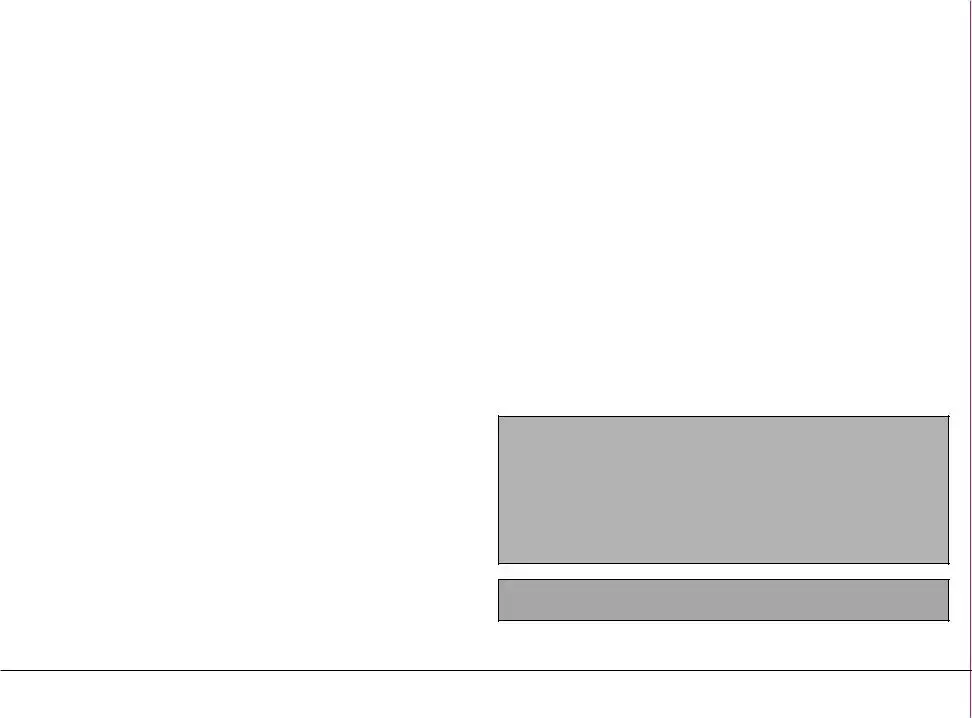

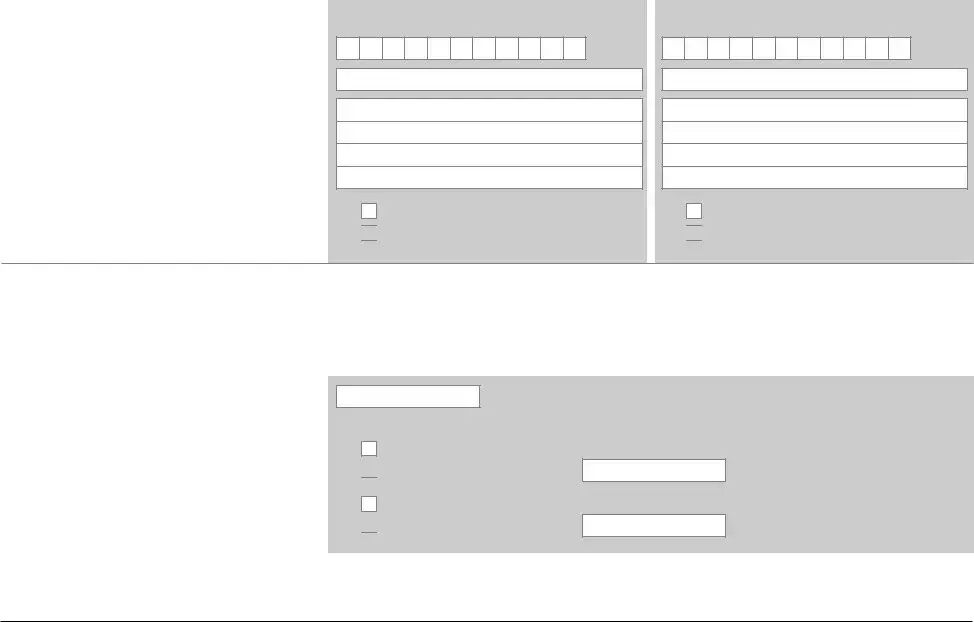





 How much do you get a week?
How much do you get a week?
 How much do you get a week?
How much do you get a week?
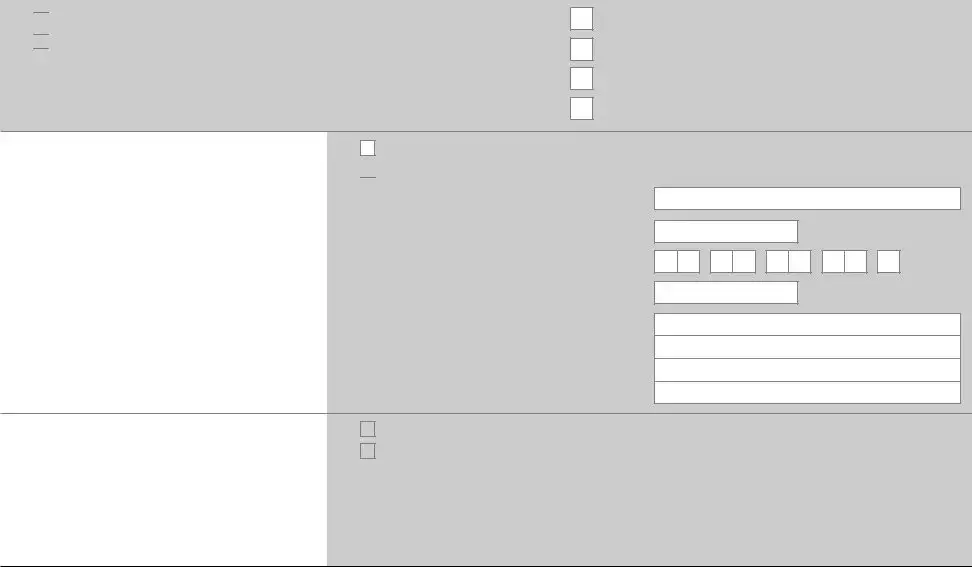
 Yes
Yes 


 Tell us about this person:
Tell us about this person: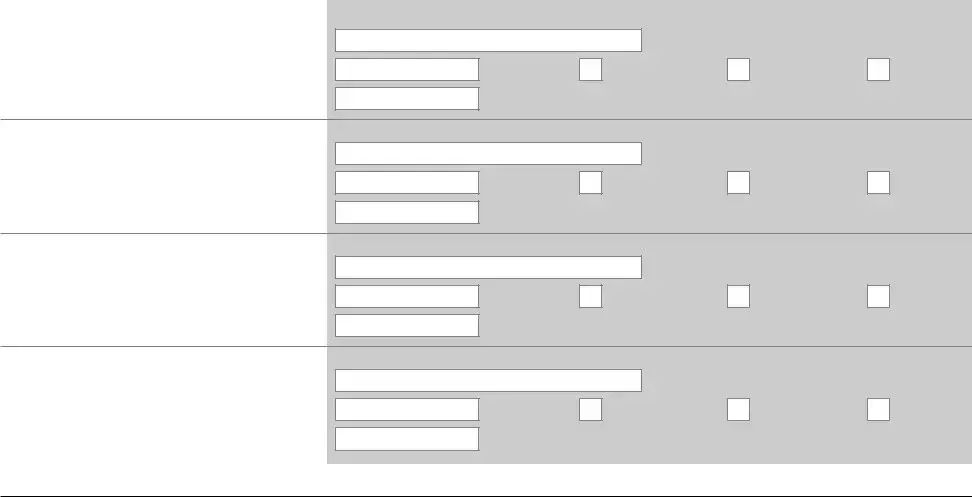
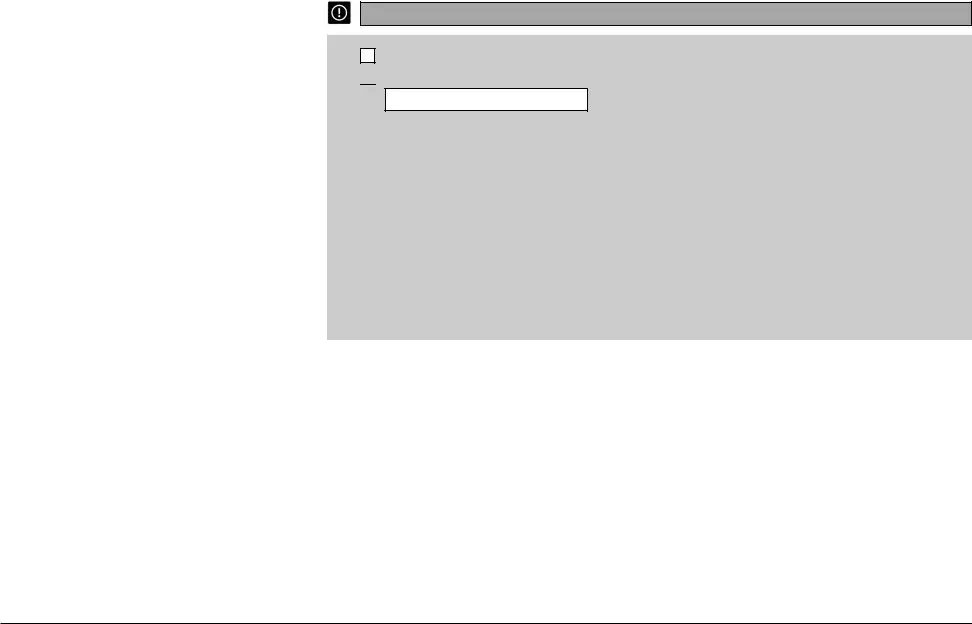

 How much savings do you have?
How much savings do you have?
